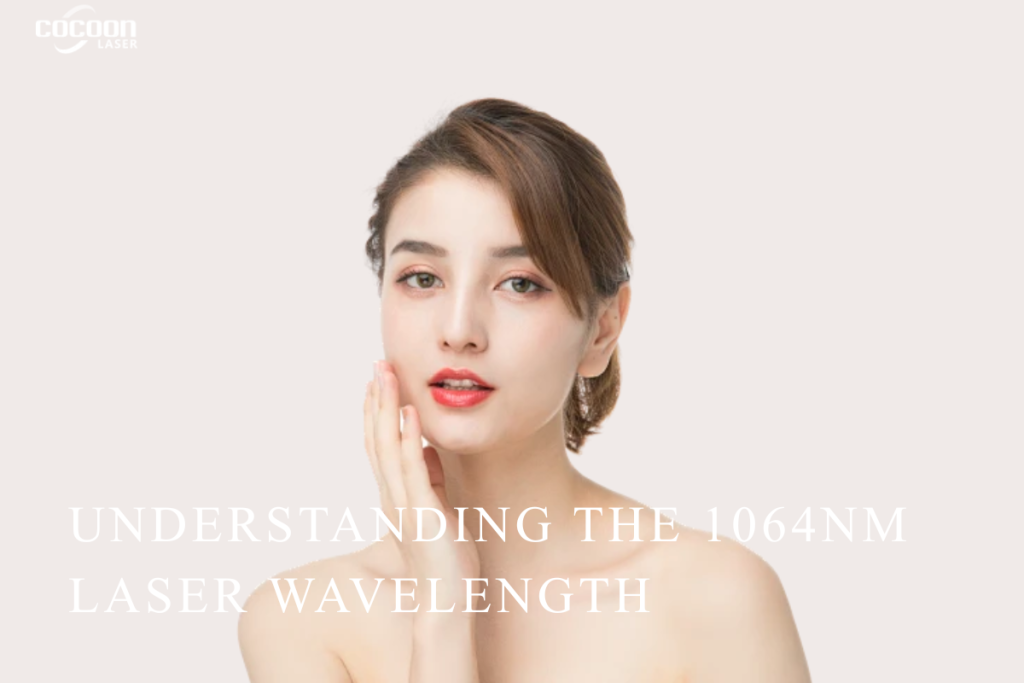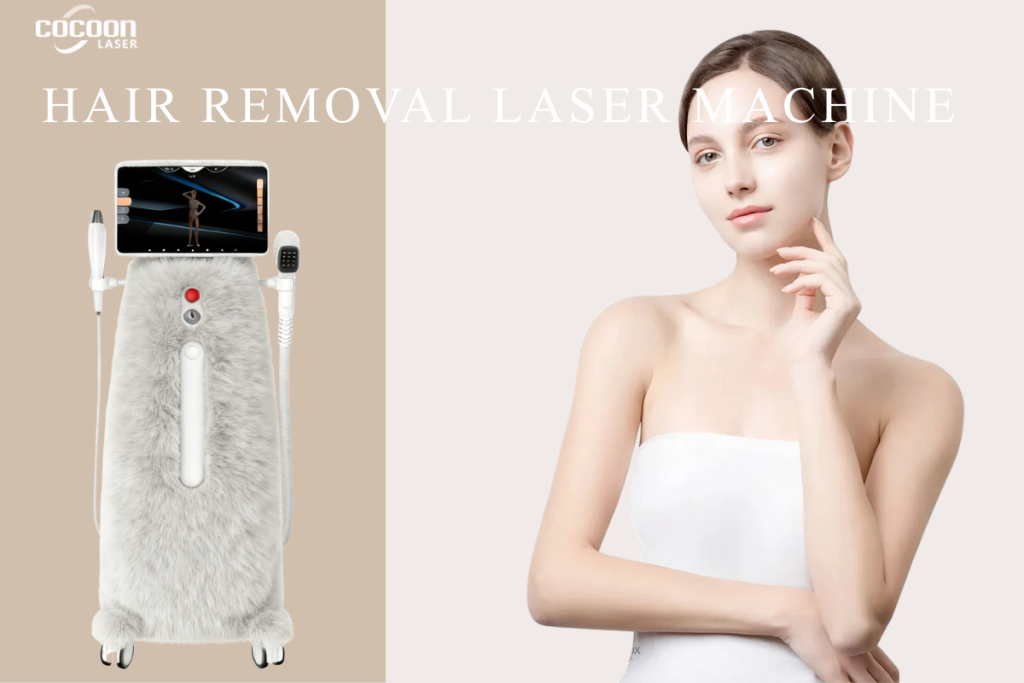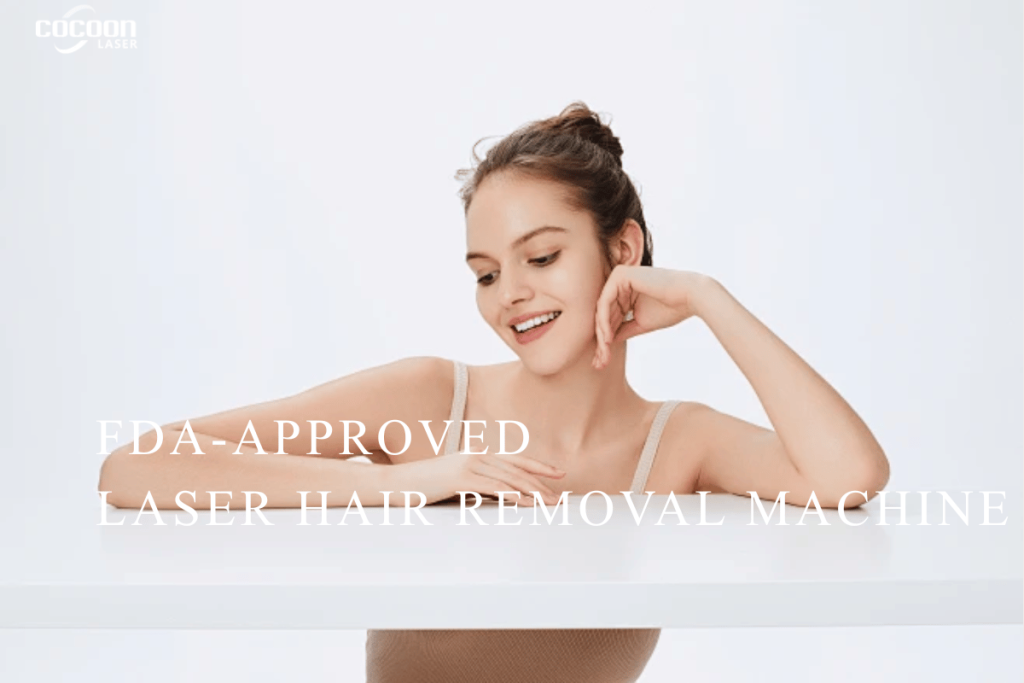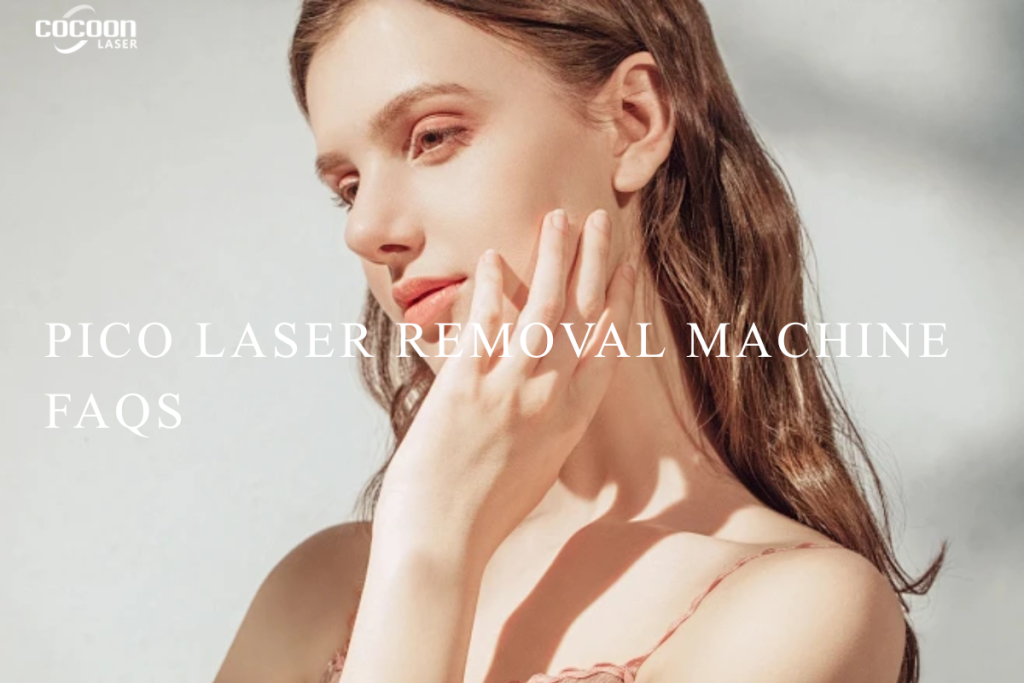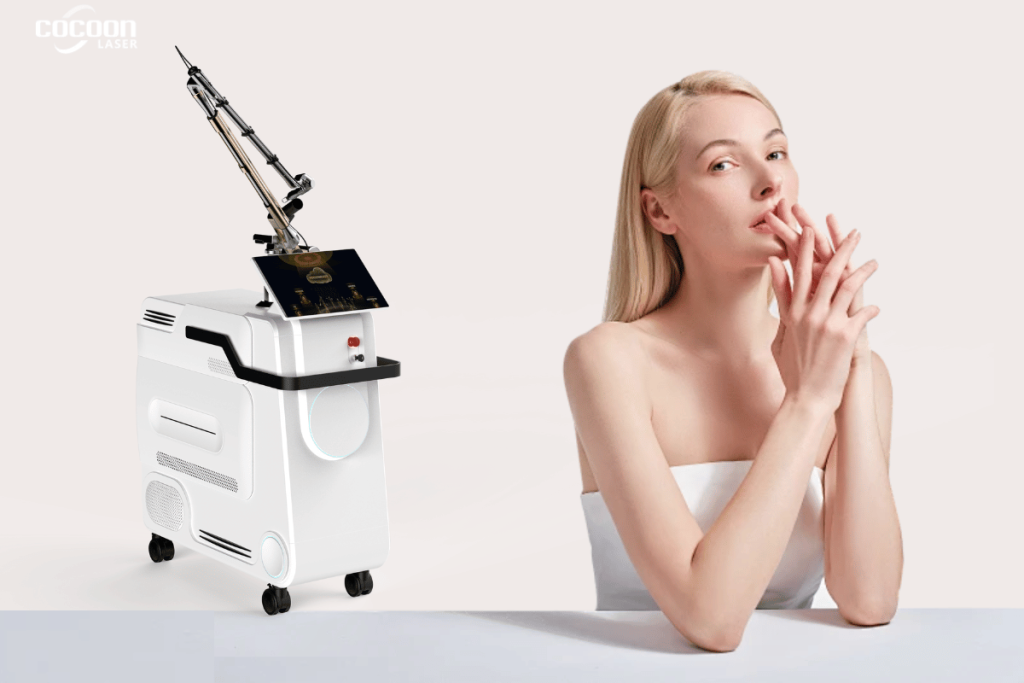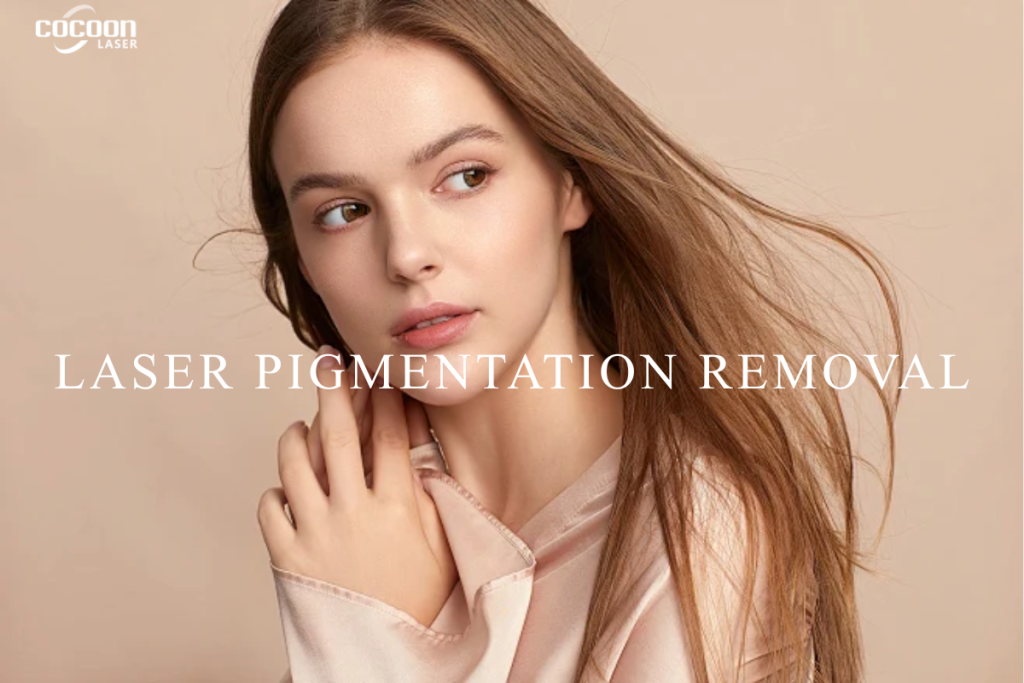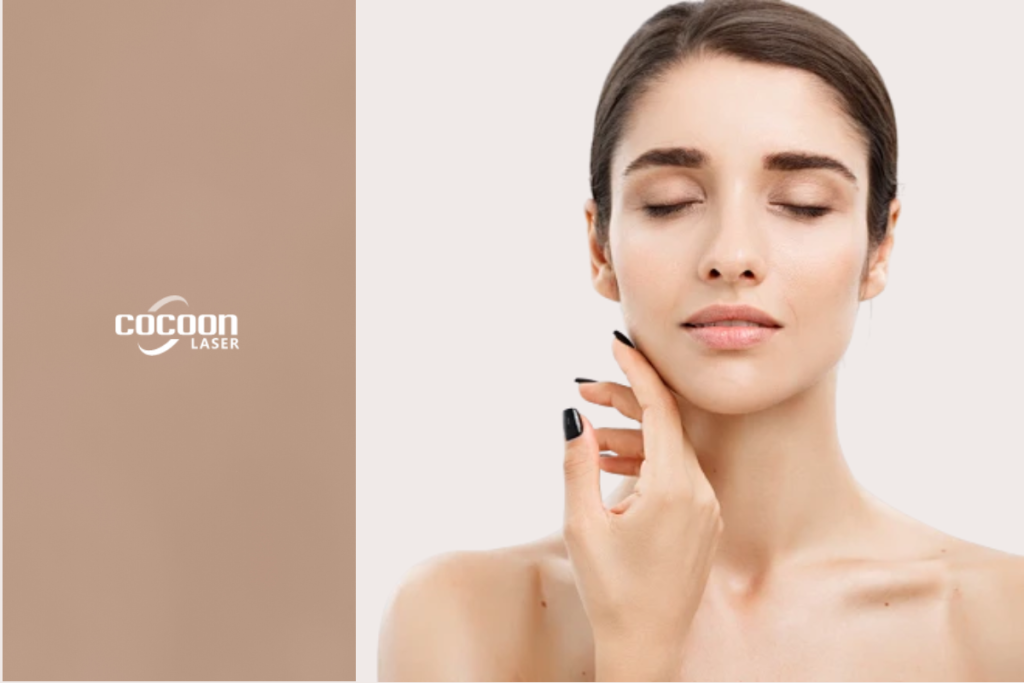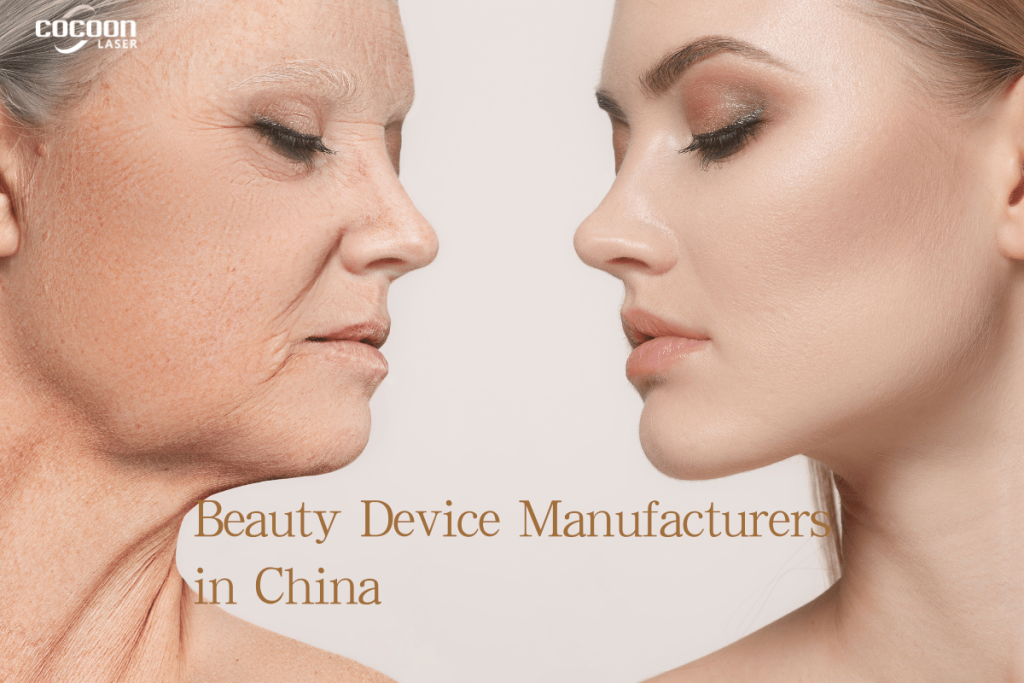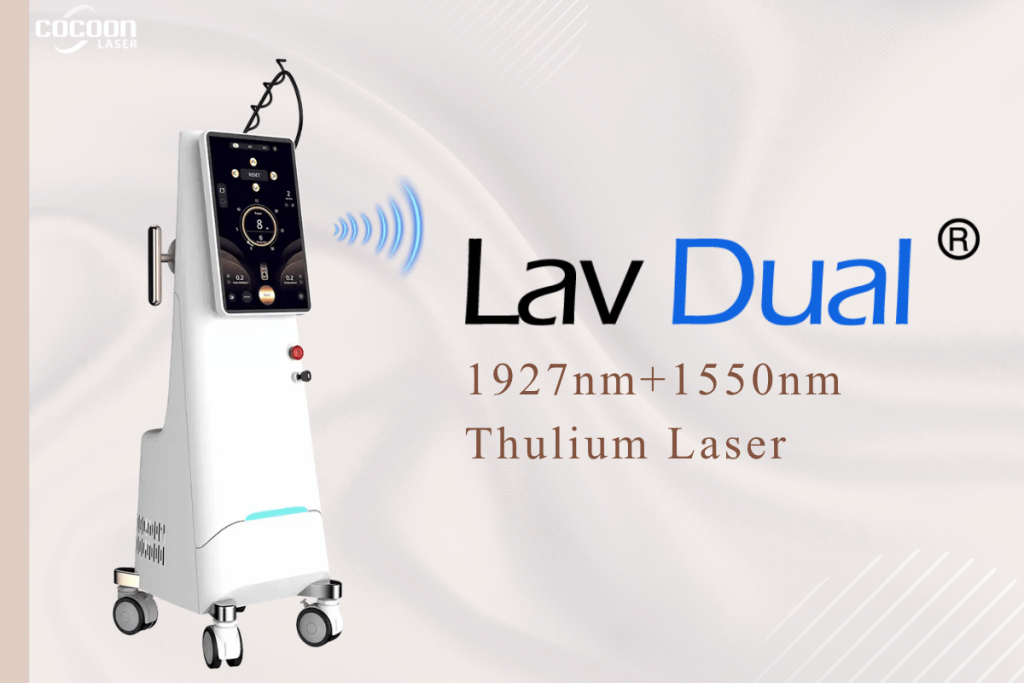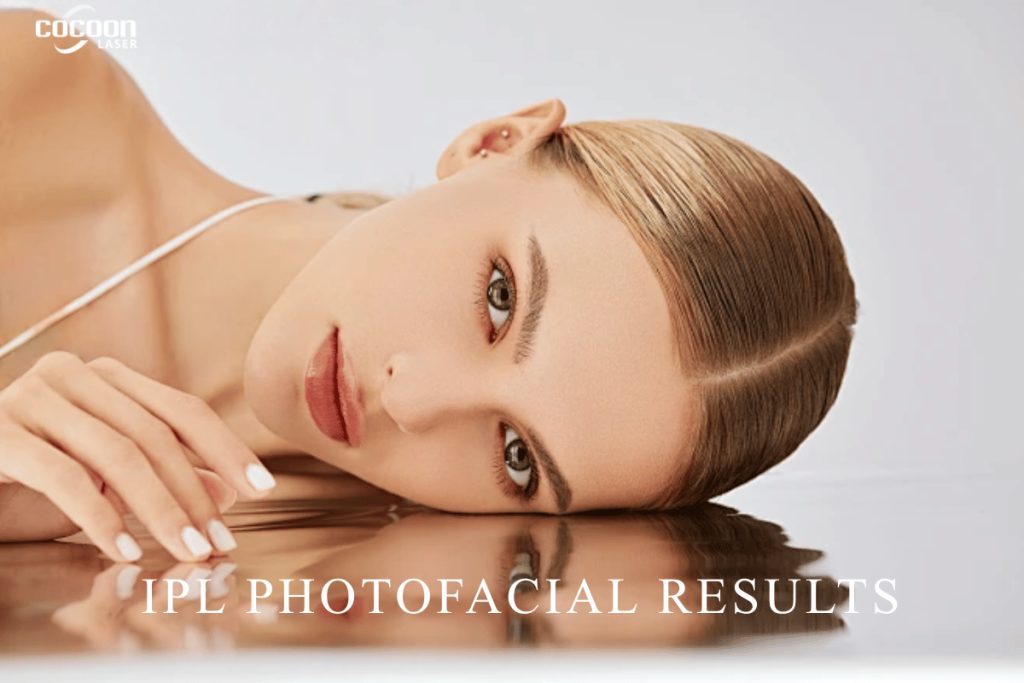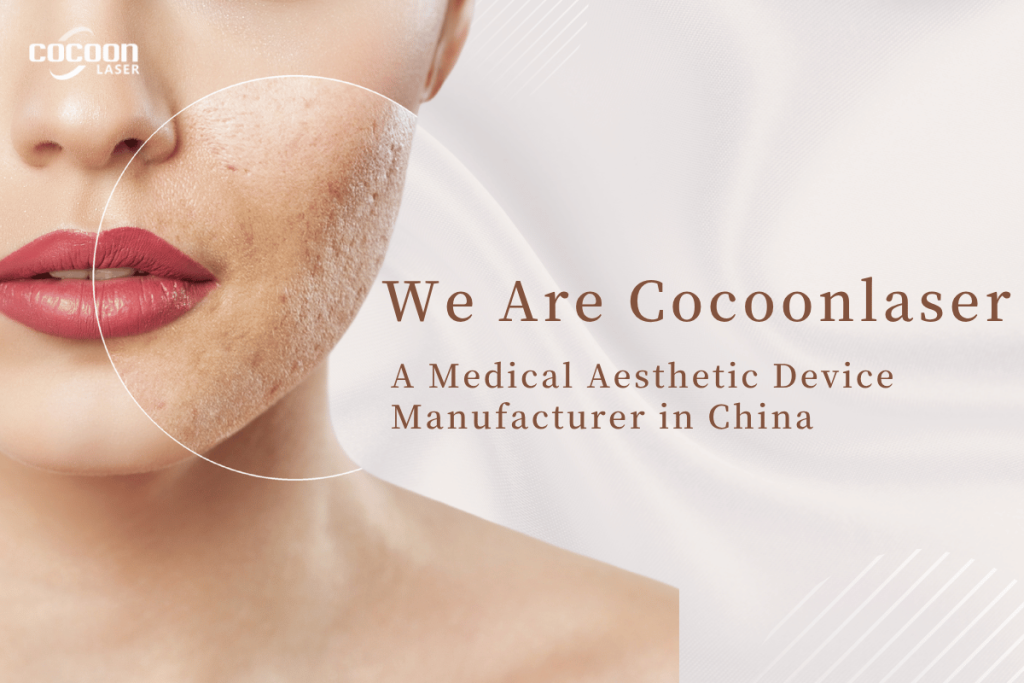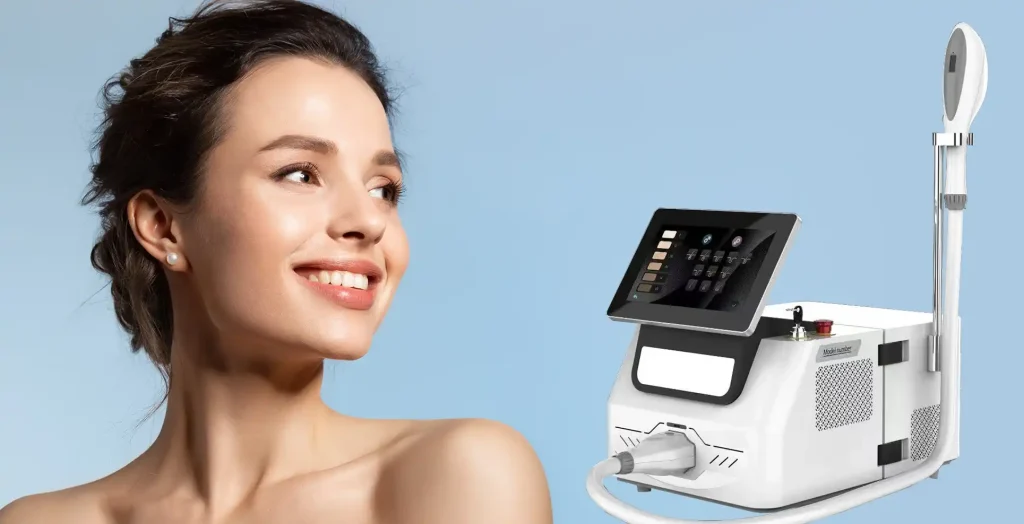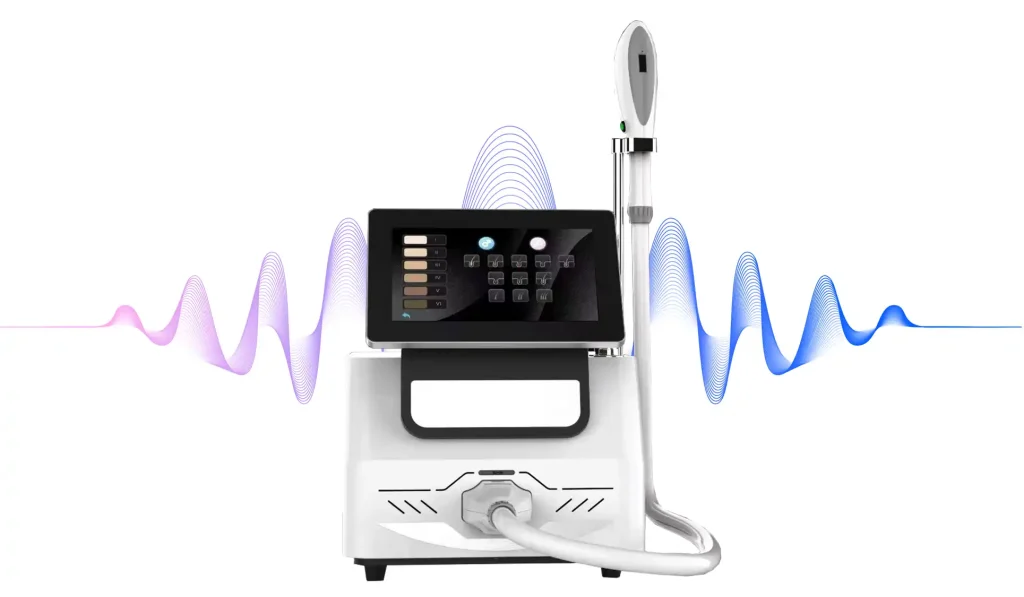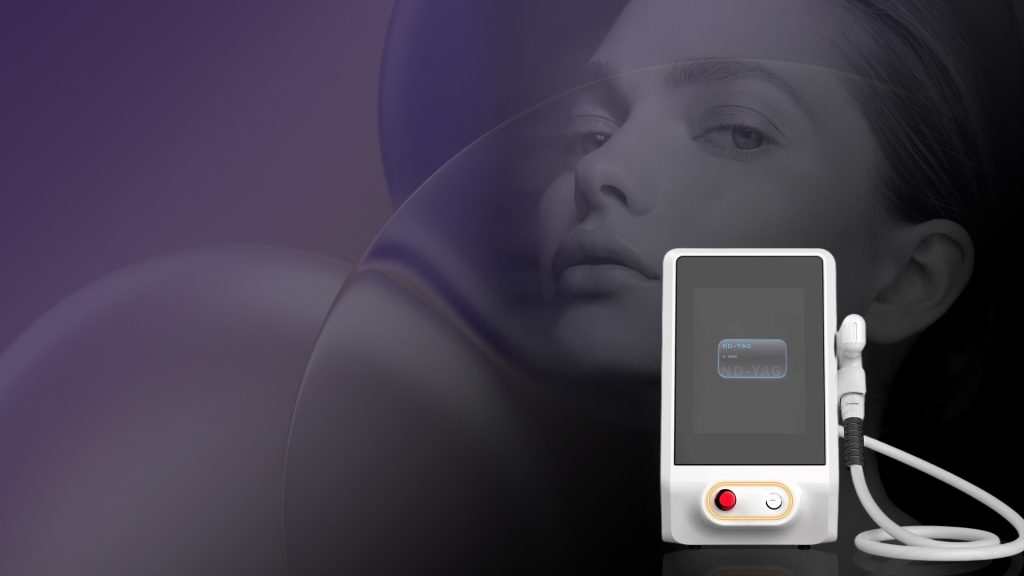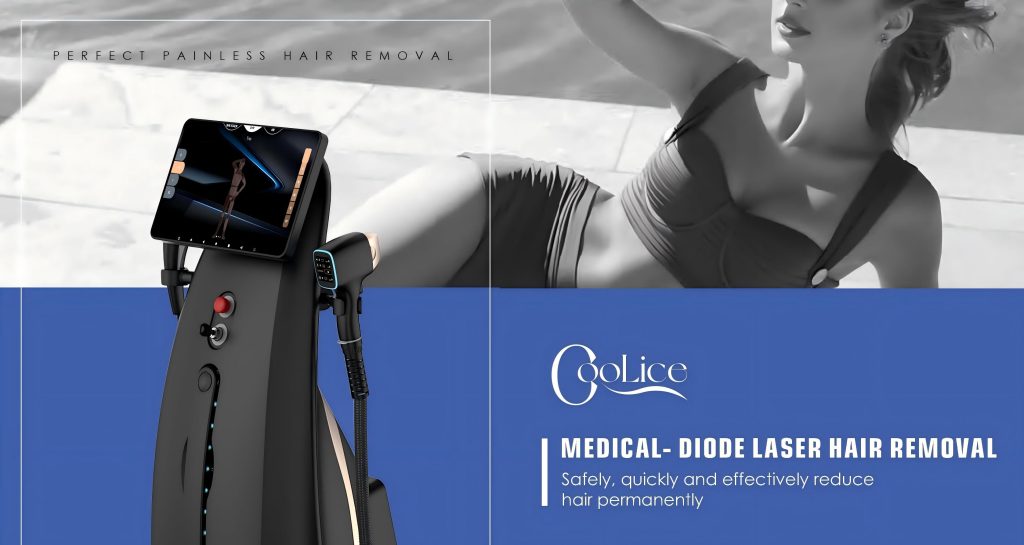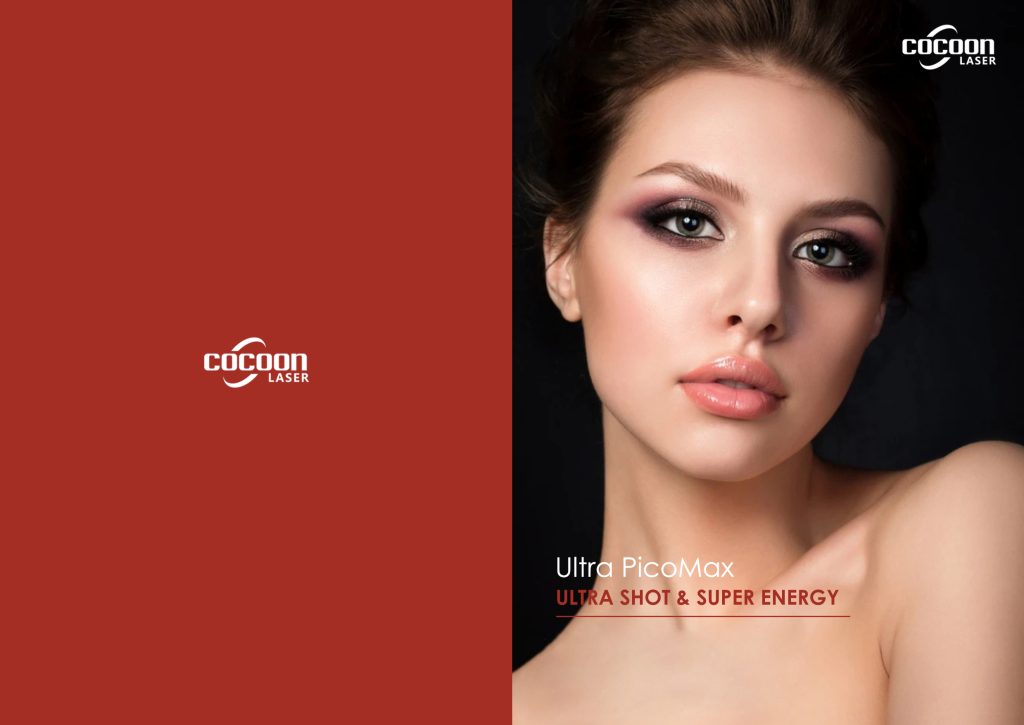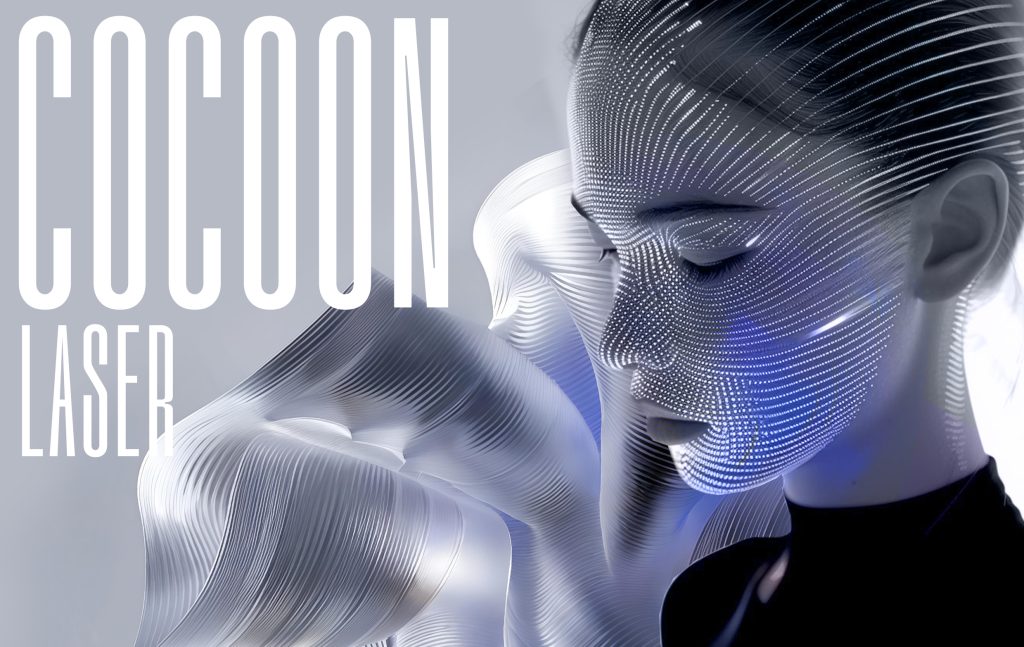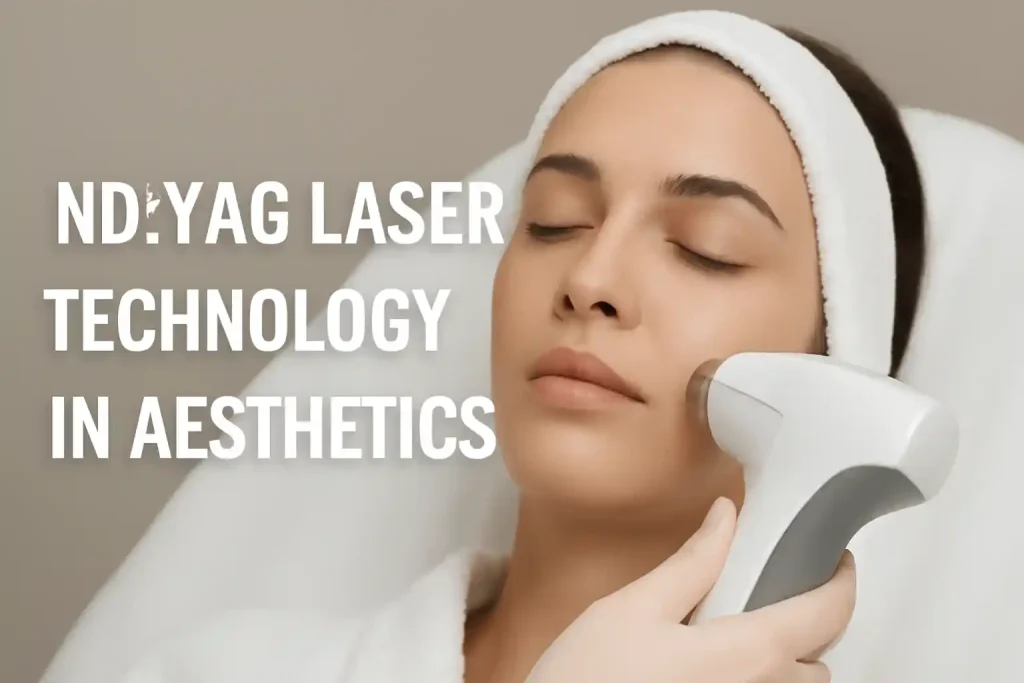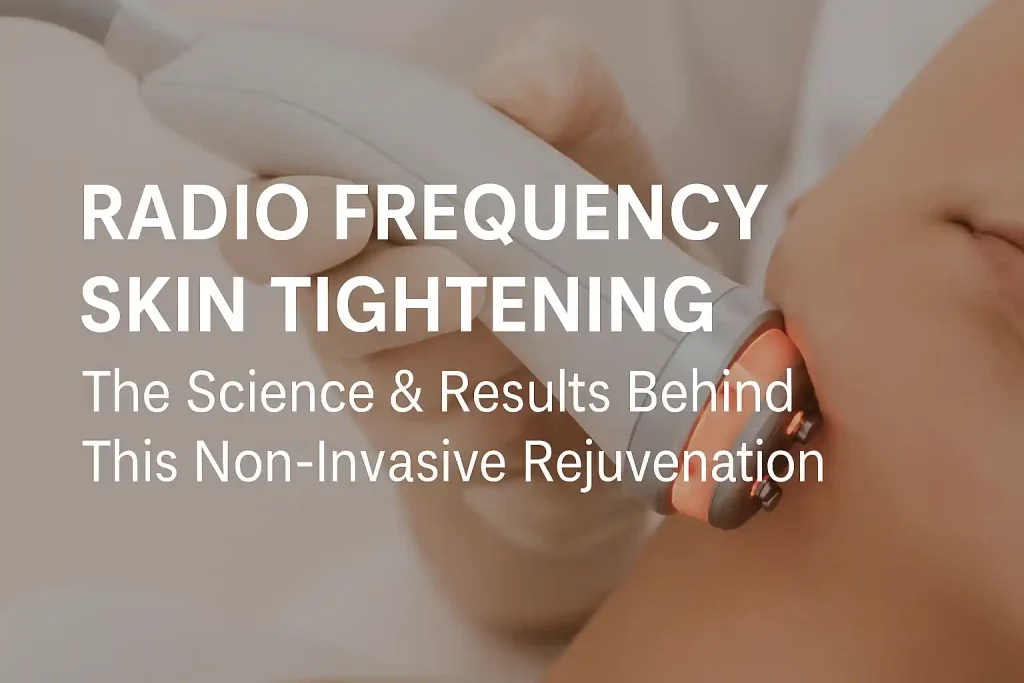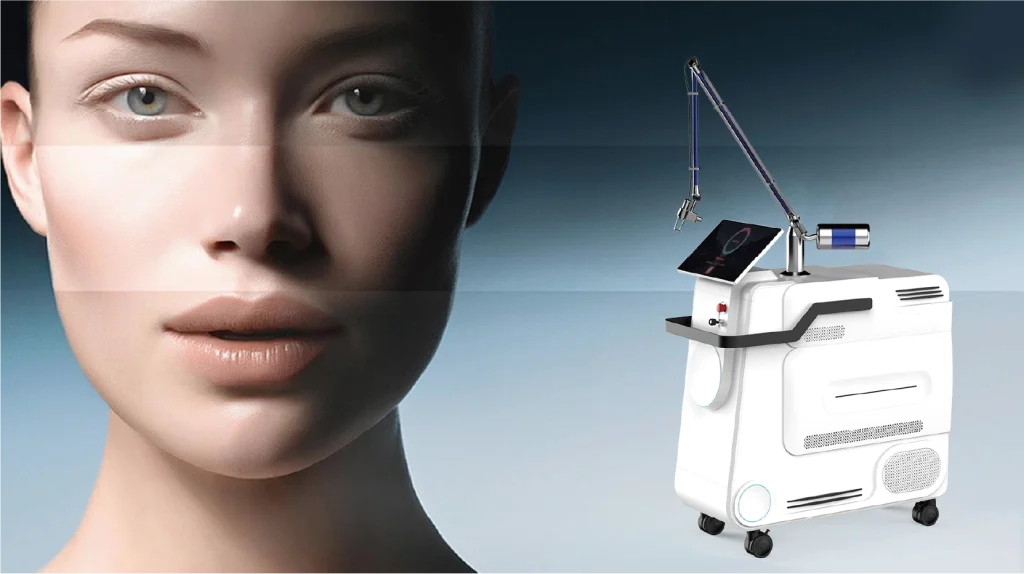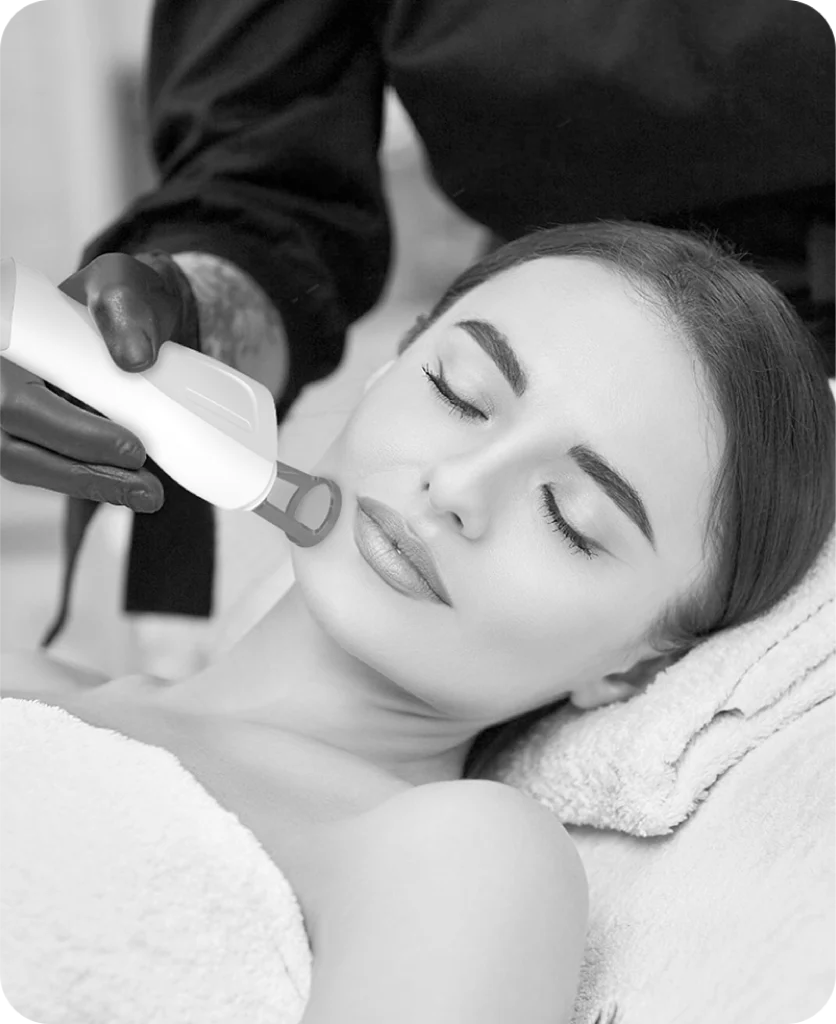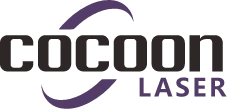CO₂ Fractional Laser Machine: RF Tubes or Ordinary Glass Tubes?
When purchasing a CO₂ fractional laser machine, many buyers notice that the market price varies significantly from one model to another. The main reason lies in the core configuration — whether the machine uses RF tubes or ordinary glass laser tubes.
This article provides a detailed comparison between the two and explains how their configurations impact performance and cost.
More information about CO2 fractional laser machines
1. Comparison Overview
- 1) Power Output
- Glass Tube: Laser power is unstable.
- RF Tube: Stable energy output ensures consistent treatment results.
- 2) Lifespan
- Glass Tube: Service life is about 1–2 years.
- RF Tube: Service life ≥ 3 years.
- 3) Energy Performance
- Glass Tube: Laser energy decreases significantly from beginning to end.
- RF Tube: Energy remains stable throughout the entire treatment process.
- 4) Beam Spot & Density
- Glass Tube: Spot size and density are uneven.
- RF Tube: Smaller, denser, and more uniform beam spots.
Comparison Chart
From the comparison, it’s clear that RF laser tubes form cleaner and more controlled energy columns on the skin, with better heat distribution, faster healing, and lower risk of complications.




2. Core Advantages of RF Tubes
- Equipped with a 30W high-power metal RF laser tube imported from USA Access, CO₂ fractional laser machines with RF tubes provide the following benefits:
- No need for water refilling or cooling, making operation easier.
- Lower maintenance costs and longer service life.
- Korea-imported seven-joint articulated arm ensures precise and stable beam delivery.
- Stable, uniform, and safe energy output.
- Laser Power: 1–30W
- Working Mode: Continuous Mode
3. Practical Application Comparison
- RF Laser Tubes: Best suited for fractional skin resurfacing, wrinkle removal, scar revision, vaginal tightening, and pigment removal—applications that require high precision and energy stability.
- Glass Laser Tubes: Typically used in basic cutting machines, low-cost beauty instruments, or entry-level systems.
For example, the Cocoon CO₂ Fractional Laser Machine adopts a 30W RF laser tube imported from USA Access, ensuring more stable energy output and longer service life.
It uses a 10600 nm wavelength, offering four working modes and a Korea-imported seven-joint articulated arm.
With its high water absorption rate, this wavelength enables the laser to cut, vaporize, and coagulate tissue precisely, delivering accurate and efficient treatments.
4. Conclusion and Recommendations
- RF CO₂ Laser Tube: Ideal for professional medical and aesthetic institutions that pursue high stability, precision, and long-term ROI. Delivers stable energy, smaller focal spots, and extended lifespan — making it the premium choice for high-end fractional laser systems.
- Glass CO₂ Laser Tube: Suitable for entry-level users or educational applications. Lower initial cost but requires frequent maintenance, has a shorter lifespan, and experiences faster energy decay.
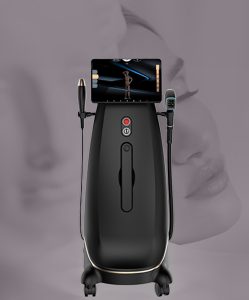
If you would like to learn more about RF CO₂ laser system specifications and pricing, please visit:
🌐 www.cocoonlaser.com
We welcome you to visit COCOONLASER for professional consultation.

